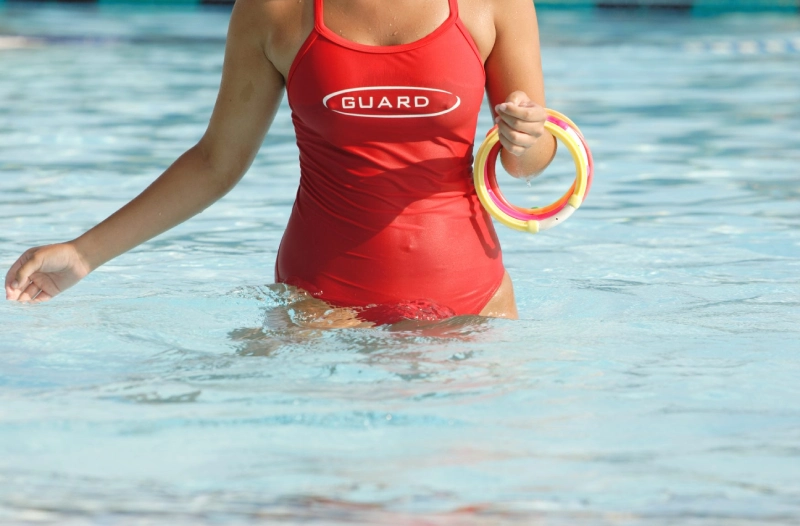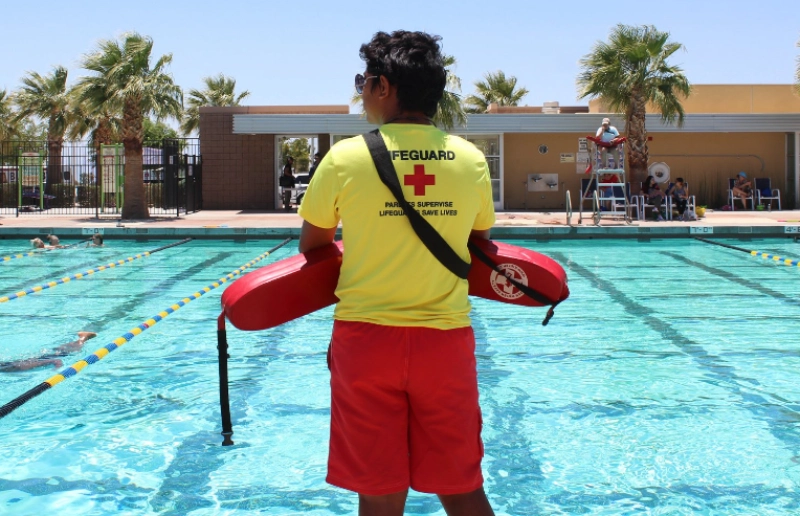The Key Elements Of Effective Lifeguard Staffing Solutions
Ensuring the safety of aquatic environments hinges on the effectiveness of lifeguard staffing solutions. Beyond the basic deployment of lifeguards, the intricate dance of elements involved in staffing determines the level of protection and response capabilities within water spaces. To unlock safety and enhance lifeguard team efficiency, it is crucial to understand and implement the core components, strategic deployment practices, and innovative solutions that contribute to the mastery of lifeguard staffing.
Unlocking Safety: The Core Components Of Staffing Solutions
Unlocking safety within aquatic facilities requires a keen understanding of the core components that make up effective lifeguard staffing solutions. These components encompass not only the number of lifeguards deployed but also their training, certifications, and familiarity with the specific water environment. Adequate lifeguard-to-patron ratios, ongoing education, and regular skill assessments are fundamental components that form the foundation of a robust lifeguard staffing solution. By addressing these core elements, aquatic facilities can ensure a proactive approach to safety and emergency response.

Guarding Lives: The Art Of Strategic Lifeguard Deployment
Strategic lifeguard deployment is an art that involves carefully considering the layout of aquatic spaces, patron demographics, and peak activity times. Understanding the flow of patrons and potential high-risk zones enables the creation of deployment strategies that maximize coverage where it is most needed. The art of strategic lifeguard deployment involves dynamic adjustments based on factors such as weather conditions, special events, or changes in patron density. By mastering this art, facilities can effectively guard lives and optimize the impact of their lifeguard teams.
Staffing Mastery: Building A Resilient Lifeguard Force
Building a resilient lifeguard force requires more than just meeting numerical quotas. Staffing mastery involves recruiting and retaining lifeguards who possess a diverse set of skills, effective communication, and a commitment to ongoing training. Creating a culture of teamwork, accountability, and continuous improvement enhances the resilience of the lifeguard force. Facilities that prioritize staffing mastery invest in the professional development of their lifeguards, ensuring that they are not just present but are well-equipped to handle a variety of scenarios with competence and confidence.
Beyond The Basics: Innovations In Lifeguard Team Efficiency
Efficiency in lifeguard teams goes beyond the basics of surveillance and rescue techniques. Innovations in lifeguard team efficiency involve the integration of technology, such as surveillance cameras, communication devices, and real-time monitoring systems. Utilizing these innovations enhances the lifeguard’s ability to detect potential risks early and respond swiftly. Training lifeguards in the use of modern tools and technologies further elevates their efficiency, contributing to a safer and more responsive aquatic environment.
Pooling Talent: Ensuring Adequate Lifeguard Coverage
Ensuring adequate lifeguard coverage involves pooling talent strategically, and considering factors such as skill diversity, experience levels, and specialized certifications. Facilities must not only focus on quantity but also on the quality of the lifeguard team. Assigning lifeguards to areas that align with their strengths and expertise ensures comprehensive coverage. This pooling of talent enables facilities to address the unique challenges posed by different water features and activity zones, contributing to an environment where safety is prioritized.
Wave Of Excellence: Elements For Lifeguard Team Success
The success of a lifeguard team hinges on several key elements, including effective communication, regular training drills, and a strong sense of camaraderie. Establishing clear communication channels ensures that lifeguards can coordinate swiftly during emergencies. Regular training drills, including scenario-based exercises, keep lifeguards sharp and prepared for a variety of situations. Fostering a sense of camaraderie within the team promotes collaboration and mutual support, creating a cohesive unit that operates seamlessly to maintain safety and respond effectively.
Staying Afloat: Lifeguard Staffing Best Practices
Lifeguard staffing best practices encompass a holistic approach that combines the core components, strategic deployment, mastery of staffing, innovative tools, talent pooling, elements for team success, and best practices. Regularly reviewing and updating lifeguard protocols, staying abreast of industry advancements, and soliciting feedback from lifeguards contribute to an evolving set of best practices. Continuous improvement ensures that lifeguard staffing remains adaptive and effective, staying afloat amidst the dynamic challenges of aquatic environments.
Conclusion
Effective lifeguard staffing solutions require a comprehensive approach that addresses the core components, strategic deployment, staffing mastery, innovations in team efficiency, talent pooling, elements for team success, and best practices. Unlocking safety within aquatic facilities necessitates a commitment to not only meeting the minimum requirements but exceeding them through continuous improvement and adaptation. By mastering the art of lifeguard staffing, facilities can create environments where safety is maximized, emergencies are met with swift and efficient responses, and patrons can enjoy aquatic activities with confidence in the proficiency and dedication of their lifeguard teams.

Marin Hùng, a passionate advocate for holistic well-being, is the driving force behind our health-focused platform. With a deep-rooted commitment to promoting a balanced and vibrant lifestyle, Marin brings a wealth of knowledge and experience to our health community. As a dedicated writer and wellness enthusiast, Marin’s insightful articles and expertise are at the heart of our mission to inspire healthier living.














Post Comment